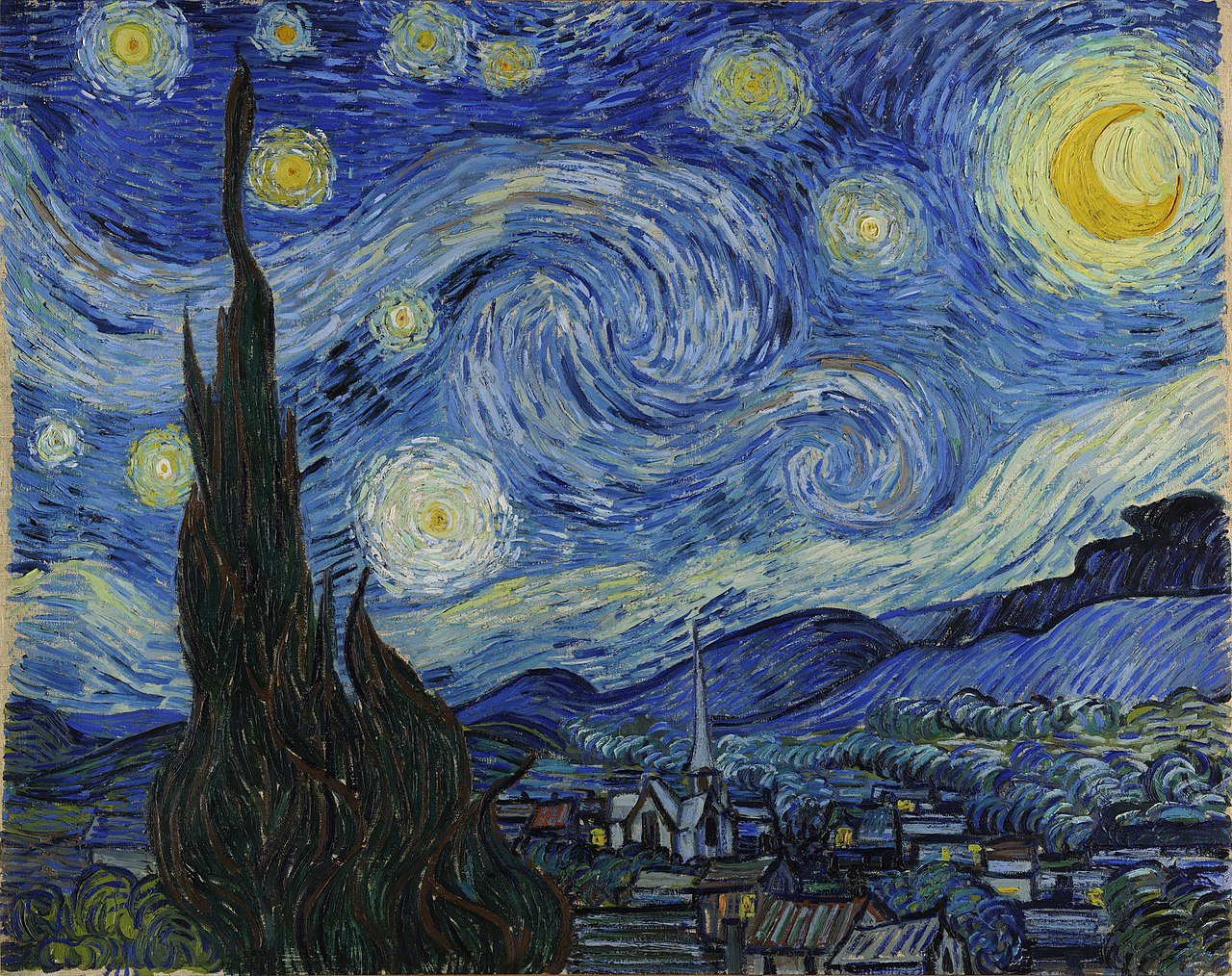Modeling Self-Care
Tuesday, April 10, 2018
|

The last two blog posts have been focused on the listserv conversation sparked by a recent article in the New England Journal of Medicine. LINK TO ARTICLE
Because of the efforts of UMass behavioral health leaders such as Sandy Blount, our founding director; Daniel Mullin, current CIPC director; and Christine Runyan, director of the post-doctoral fellowship in clinical health psychology in primary care, UMass Memorial primary care practices have long taken advantage of the benefits of the integration of behavioral health clinicians into primary care. Several of our urban and rural practices have psychologists as well as social workers on staff. We deal with the full range of primary care patient populations; many of those we care for struggle with multiple chronic diseases and intractable social issues that adversely affect their health.
Our PCPs rely on the interventions performed by their BH colleagues. They see the effectiveness of BH strategies each day. But what about their own care? Physicians heal thy selves? During the intense discussions that the NEJM article provoked, Dan Mullin posted the following:
“As a behavioral health provider, I am often asked to meet with patients to help them with stress, or anxiety. Often the PCPs will ask me to teach the patients coping skills, such as diaphragmatic breathing, or mindfulness meditation. When I hear about these patient’s lives it is clear that they are exhausted, maybe even burned out. It is clear that the primary cause of their distress is their environment. Their family is dysfunctional. They work in dead-end jobs that don’t provide a living wage. They live in a community that is not a source of support. They may also face persecution by criminal justice or social service agencies.
On the one hand, it seems crazy for me to try to teach these patients mindfulness skills. The “cause" of their stress isn’t their dysfunctional thinking. To target an intervention on their thoughts feels like blaming the victim.
On the other hand, I can’t fix their environment. And sometimes, if they practice mindfulness, it relieves some of their distress.”
Stemming the tide of physician burnout does not have a simple solution. Healthcare in America is a complex web of vested interests and competing priorities. Currently we cannot educate and recruit enough healthcare professionals to fill the needs of an aging and increasingly unhealthy population. Any strategy to address healthcare issues that looks promising needs to be examined and tested.
